Ensuring high reliability in indoor bundle optical cable power distribution accessories is crucial to maintaining uninterrupted data transmission and power distribution in various applications. Here are key factors and strategies to achieve high reliability:
Quality Materials and Construction:
Use high-quality optical fibers and power conductors that meet industry standards to ensure reliable data transmission and power distribution.
Employ a robust outer jacket material that provides protection against environmental factors, physical stress, and wear and tear.
Thorough Testing and Quality Control:
Conduct rigorous testing of each accessory unit during the manufacturing process to identify and rectify any defects.
Implement quality control measures to ensure consistent performance across all units.
Redundancy and Failover:
Design the accessory with redundancy and failover capabilities to minimize the impact of potential cable or component failures.
Implement backup power distribution paths and optical paths to maintain connectivity in case of faults.
Environmental Resistance:
Ensure that the accessory is designed to withstand a wide range of environmental conditions, including temperature fluctuations, humidity, and exposure to dust and contaminants.
Use materials that are resistant to corrosion and UV radiation, especially for outdoor or harsh indoor environments.
Physical Durability:
Reinforce the accessory's physical durability to withstand bending, twisting, and crushing to prevent damage during installation and use.
Incorporate strain relief features and protective measures to prevent cable kinks and bends that could lead to signal loss.
Cable Management and Organization:
Promote proper cable management and organization to prevent accidental damage or disconnection.
Use cable trays, hooks, and secure routing to maintain the integrity of the accessory's cables.
Certification and Compliance:
Ensure that the accessory complies with industry standards and certifications, such as ISO standards for optical fibers and relevant electrical safety standards for power conductors.
Regular Inspection and Maintenance:
Establish a schedule for regular inspections and maintenance of the accessory to detect and address any issues proactively.
Train personnel to identify and rectify common problems, such as loose connections or damaged jackets.
Protection from EMI/RFI Interference:
Implement shielding and grounding techniques to protect the accessory from electromagnetic interference (EMI) and radio frequency interference (RFI) that can disrupt data transmission and power distribution.
Secure Connections:
Ensure that connectors and terminations are secure and properly seated to prevent signal loss and power disruptions.
Use high-quality connectors with reliable locking mechanisms.
Documentation and Labeling:
Maintain comprehensive documentation that includes cable routing, connection diagrams, and labeling of cables and components. This aids troubleshooting and maintenance efforts.
Training and Education:
Train personnel responsible for installation and maintenance in best practices to handle the accessory and associated components correctly.
Ensure that they are aware of potential failure points and know how to address them effectively.
Remote Monitoring and Management:
Implement remote monitoring and management systems to detect and respond to issues in real-time, reducing downtime and improving reliability.
By addressing these factors and following best practices in design, installation, and maintenance, indoor bundle optical cable power distribution accessories can achieve high reliability, ensuring that they perform consistently in various indoor environments and applications.
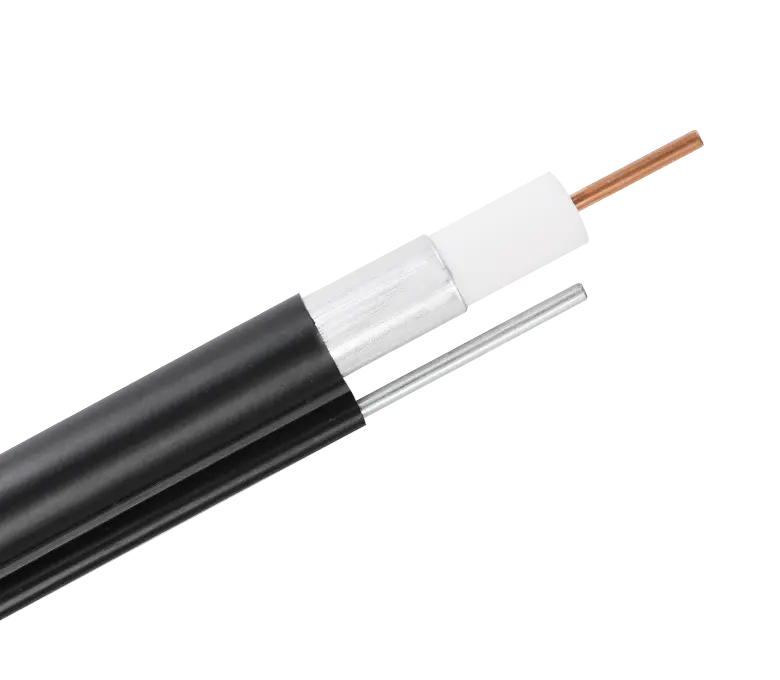
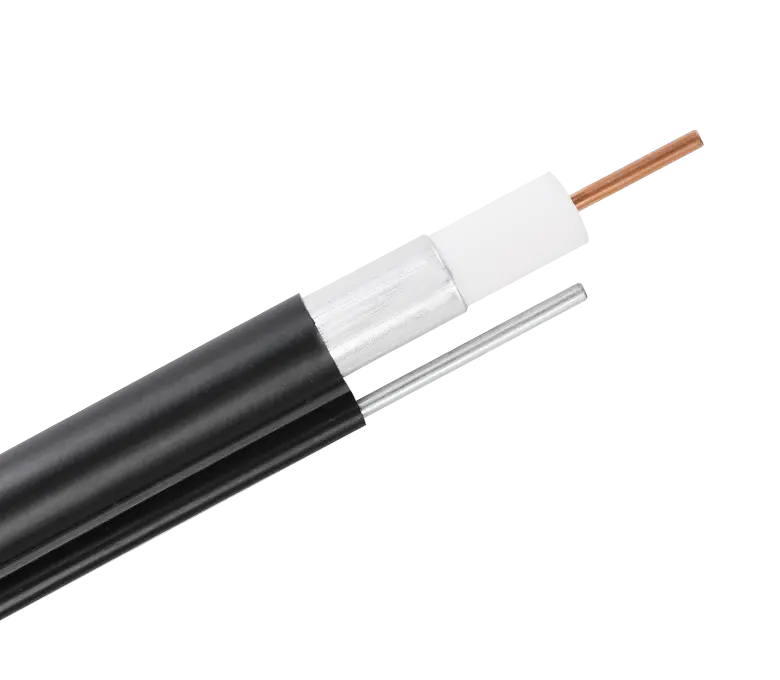
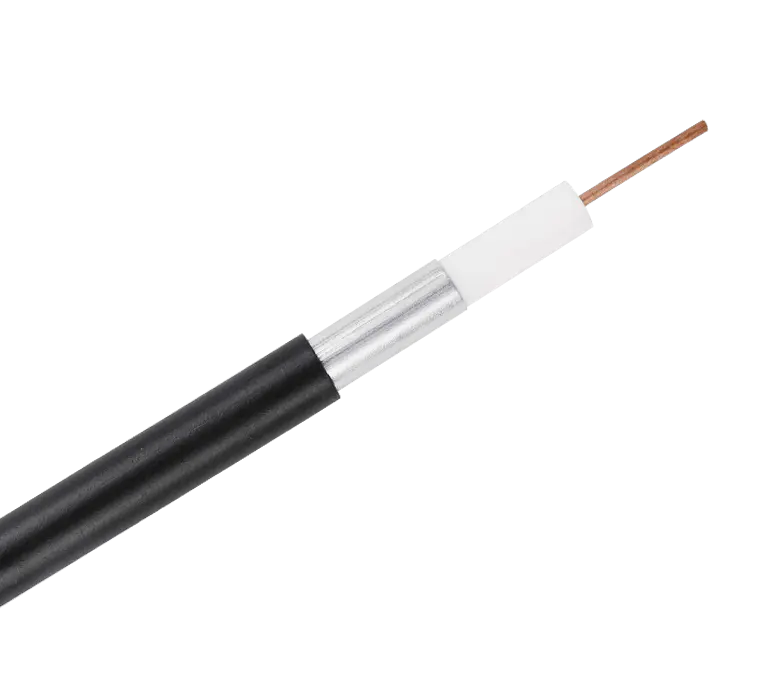
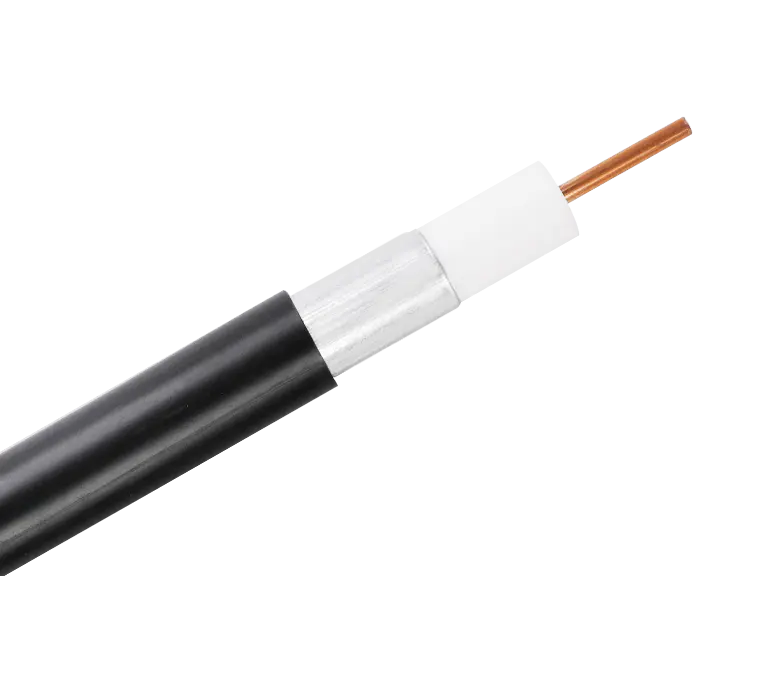
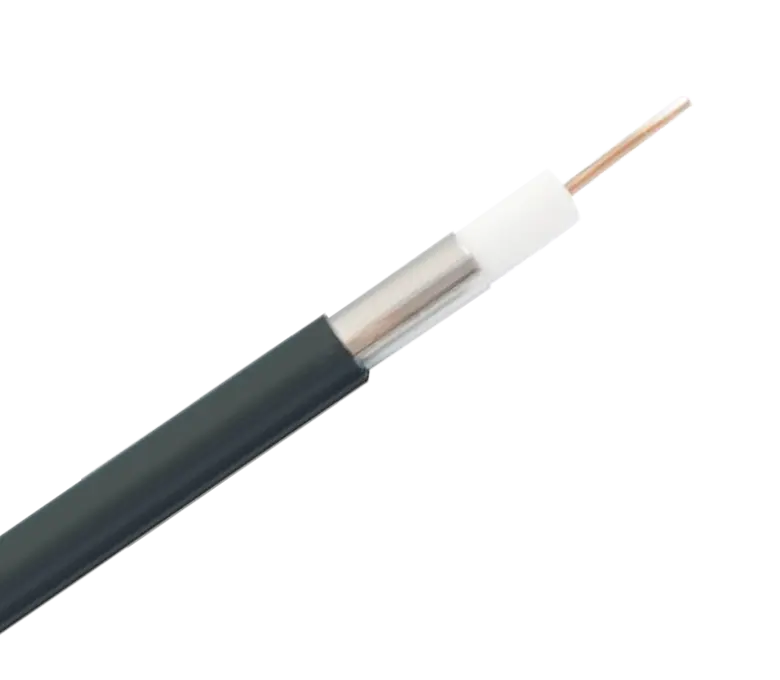
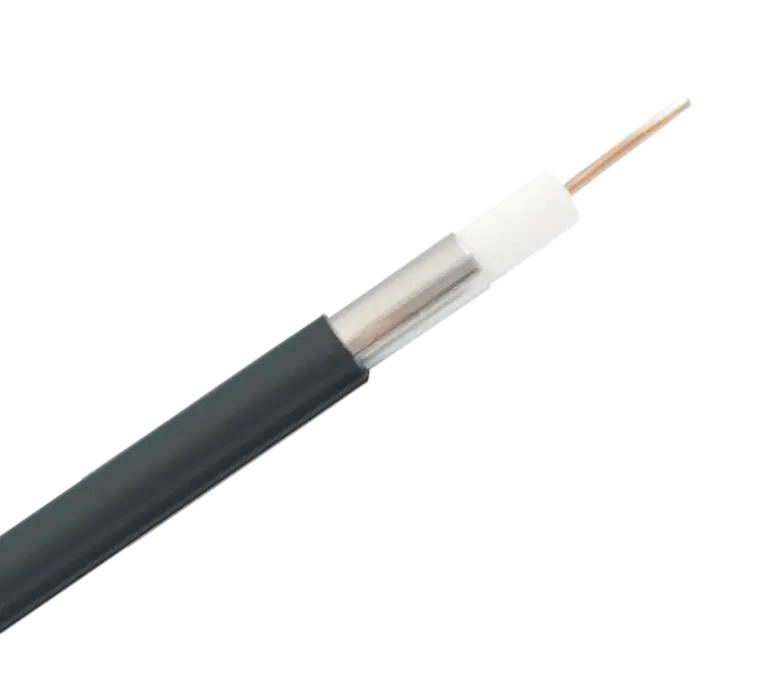
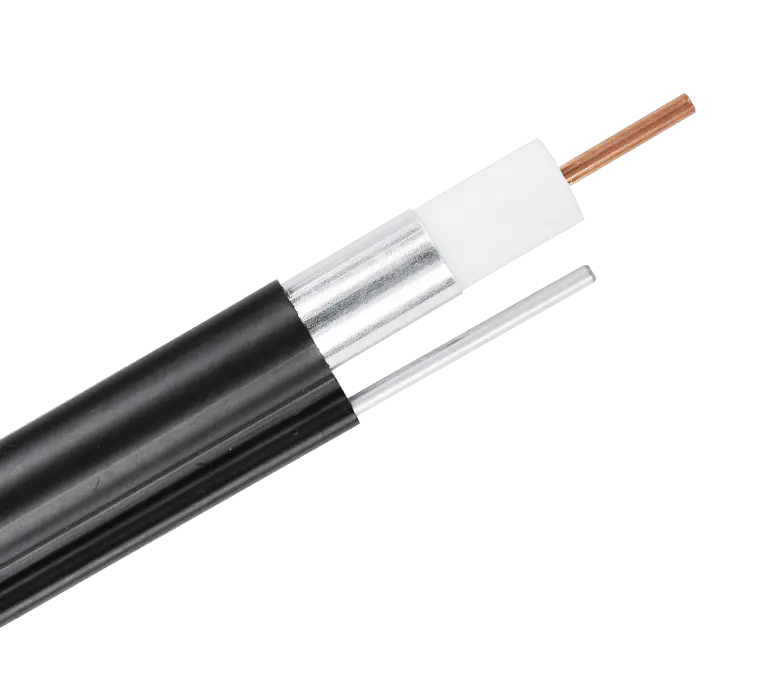
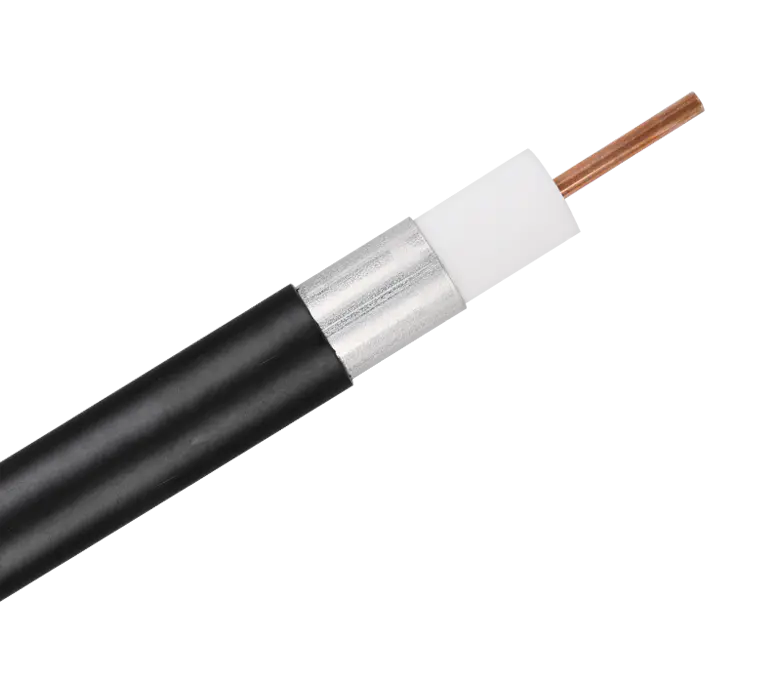
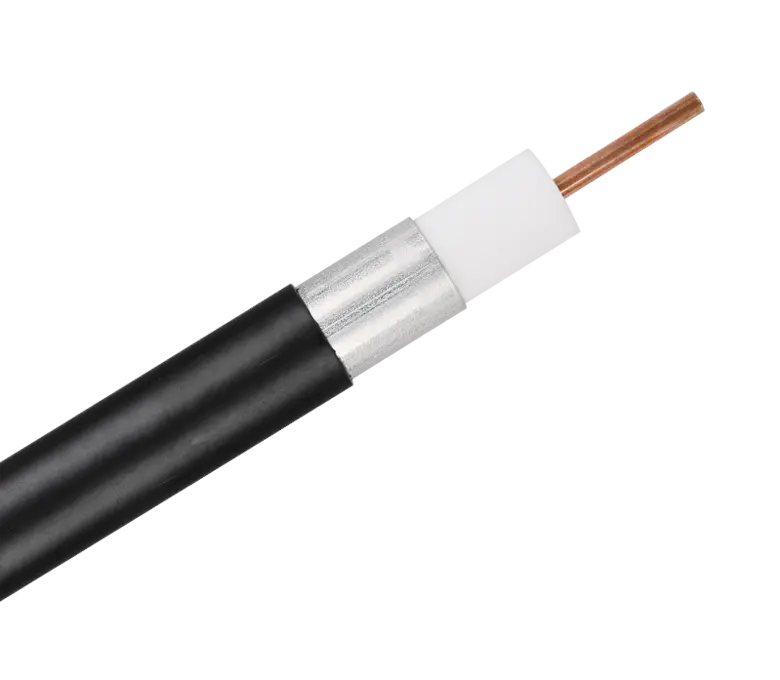
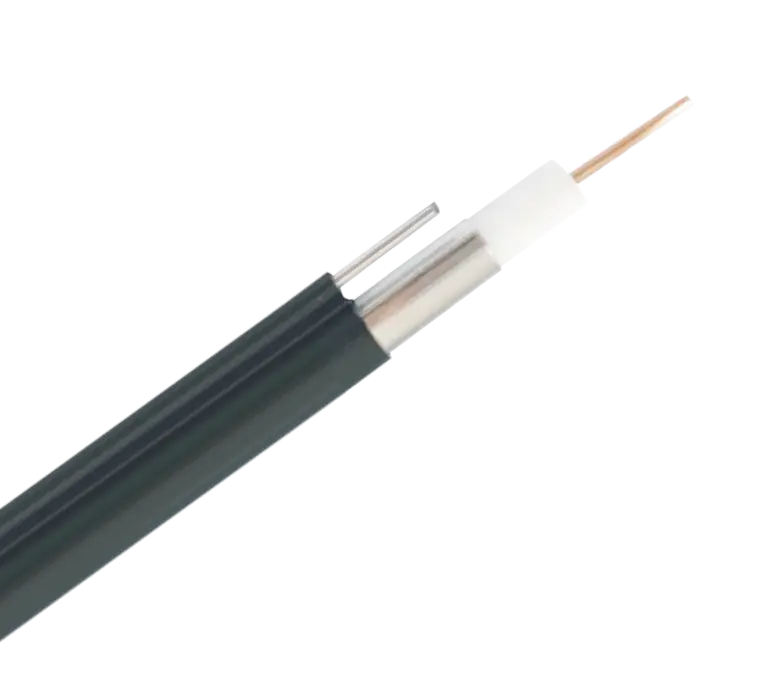
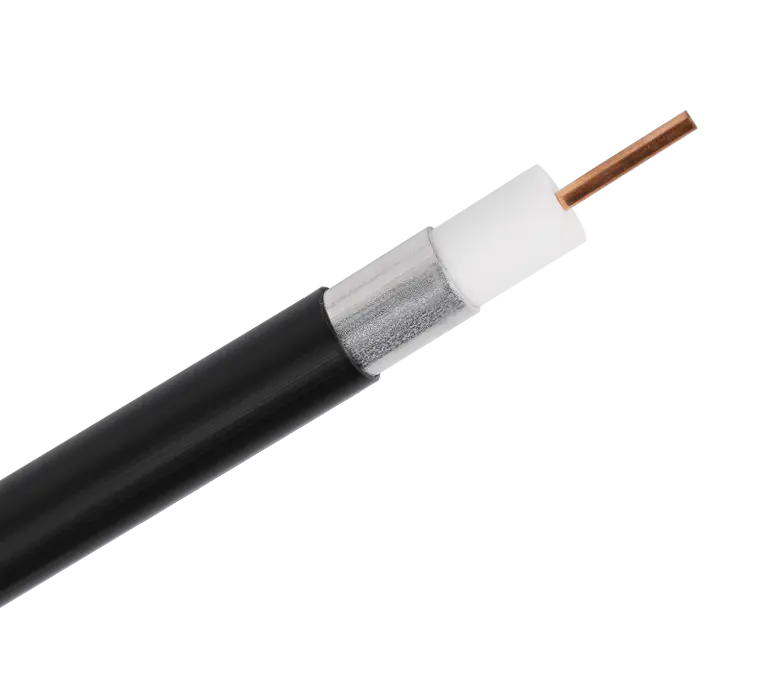
 浙公网安备33018502001191号
浙公网安备33018502001191号